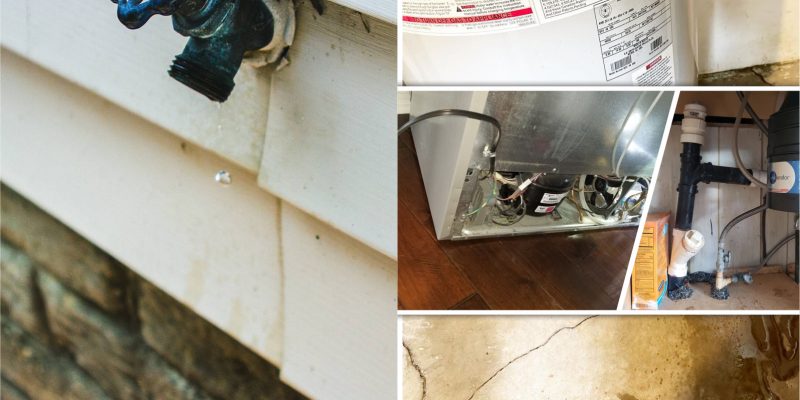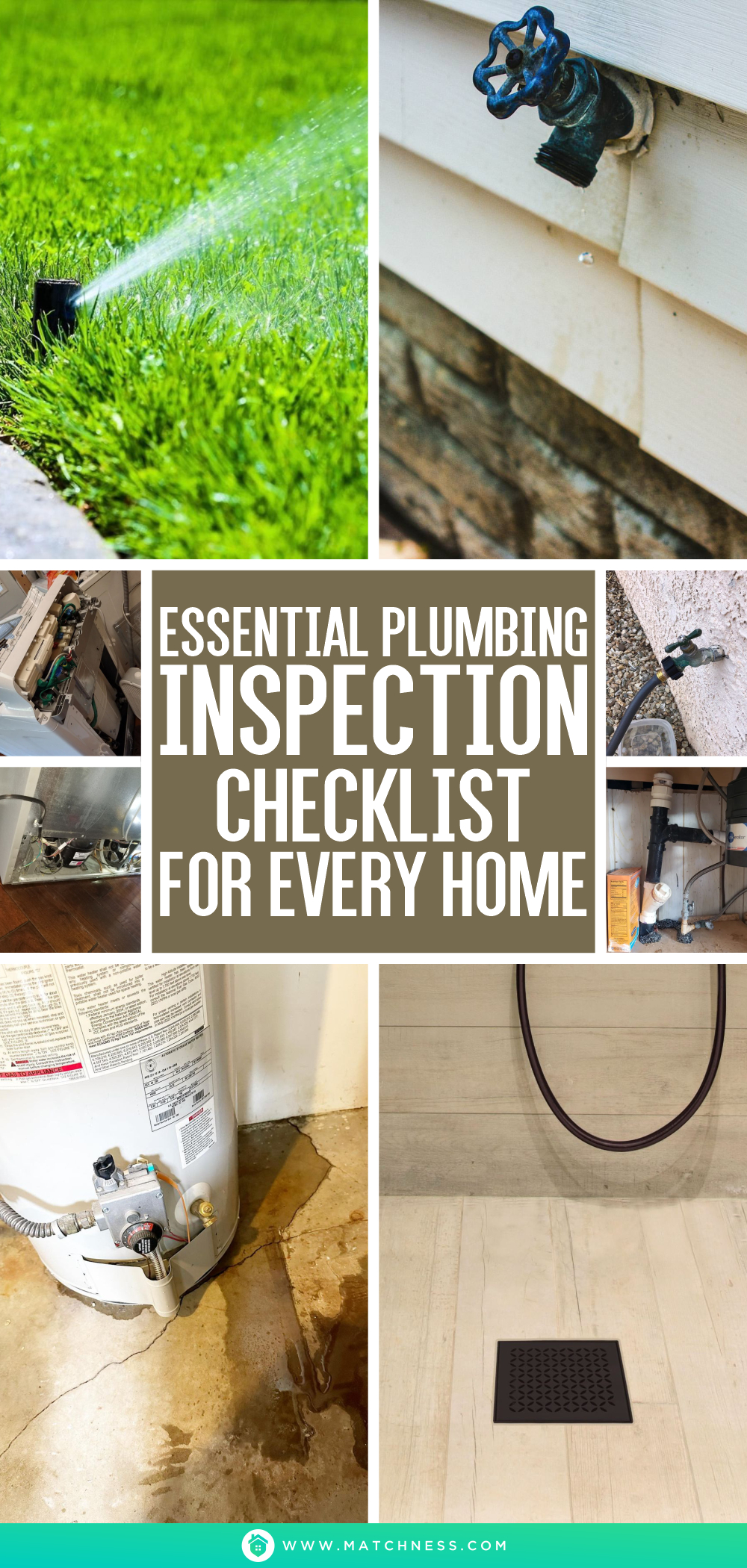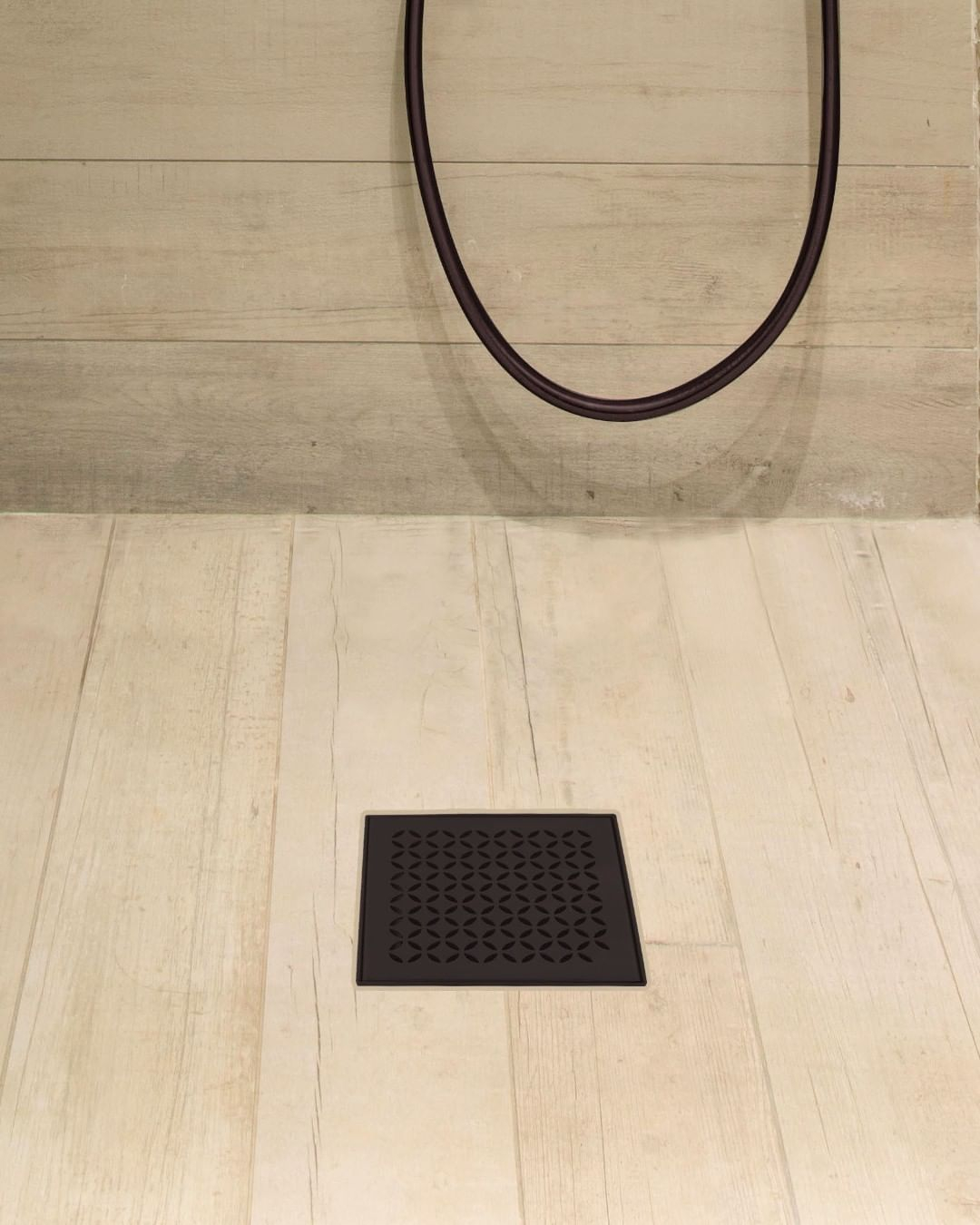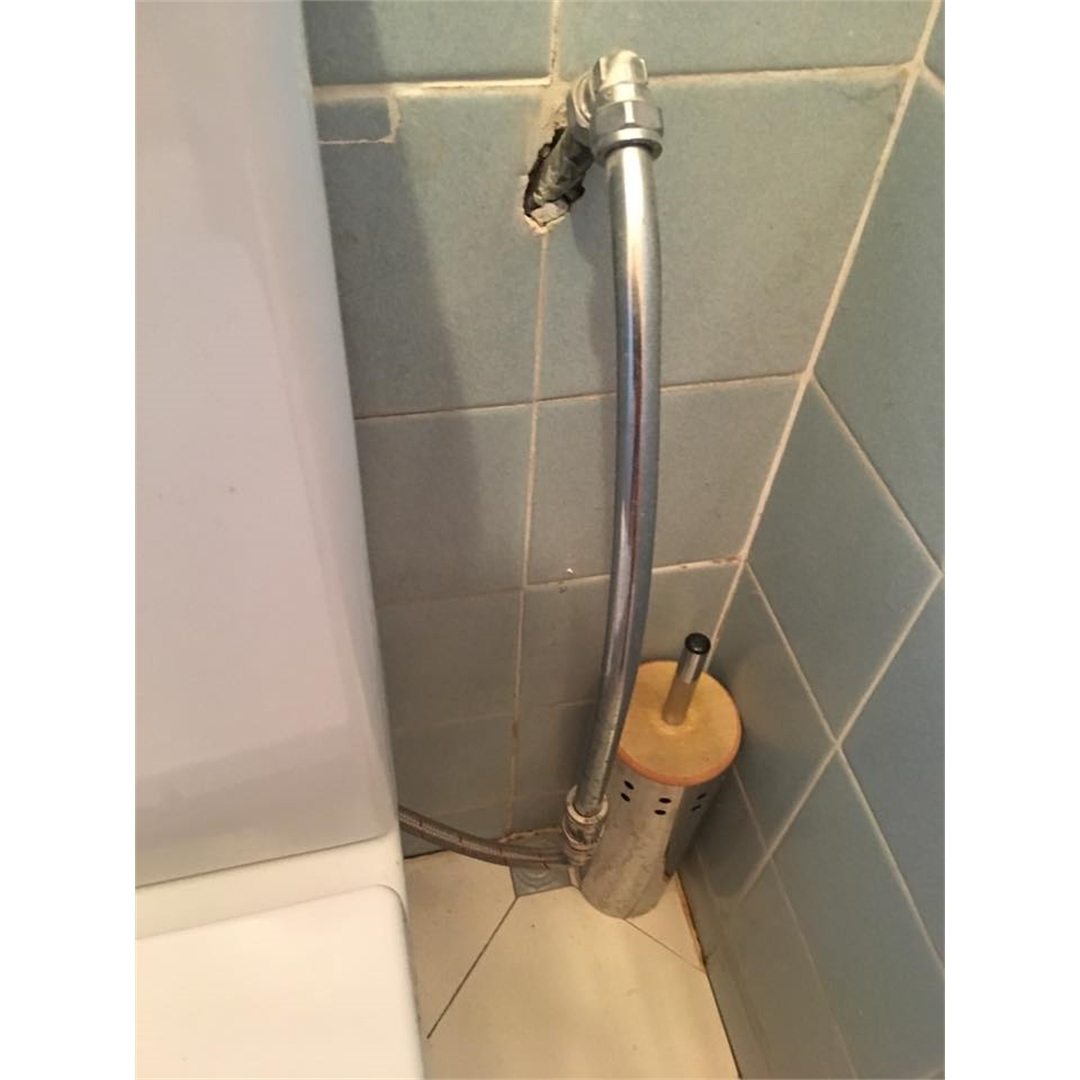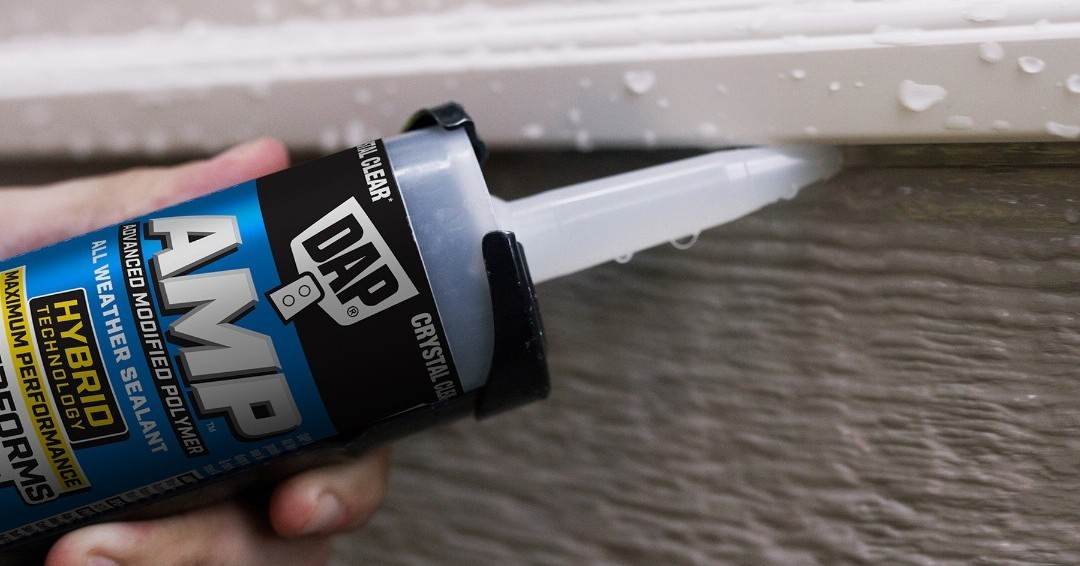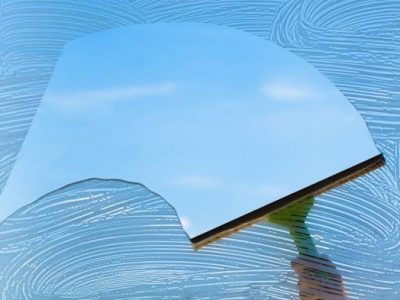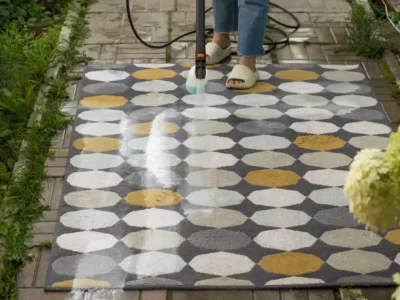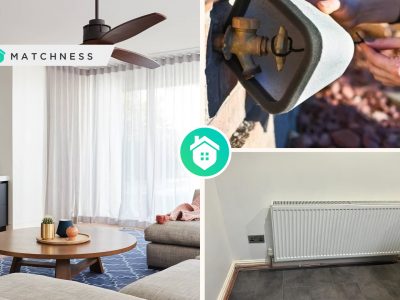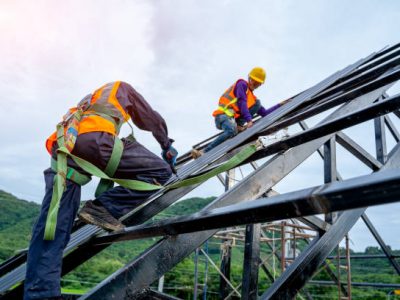Plumbing issues can arise abruptly and potentially lead to catastrophic consequences. However, by conducting periodic inspections of essential plumbing fixtures, you can detect and address emerging problems before they turn into emergencies. You can also change some appliances and fixtures by using good quality ones such as high-quality forged steel valves. To perform a comprehensive inspection, it’s crucial to focus on high-use areas with numerous plumbing fixtures, such as the kitchen and bathroom. Additionally, don’t overlook other appliances and fixtures throughout the house, including outdoor hose spigots and the water heater situated in the basement or utility room.
Bathroom
Due to its frequent use by all members of the household, it’s not surprising that the bathroom is the room most prone to plumbing issues. When inspecting your bathroom plumbing, it’s essential to pay attention to faucets, drains, toilets, and caulk seals. A professional plumber will be able to quickly identify your issue and make sure it is fixed correctly and in a timely manner. You can also navigate to this site to find Professional plumbers which trained to identify and fix any problems that may arise, saving you time and money.
- Faucets: Faucets are often the source of leaks and require regular checks for any signs of damage. Leaks from water supply lines hidden behind walls can cause significant damage, so it’s vital to keep a close eye on their operation and watch for any signs of water damage in the room below. Calcium buildup on aerators can lead to weak water pressure or an irregular spray pattern, which can be remedied by manual cleaning or soaking in vinegar.
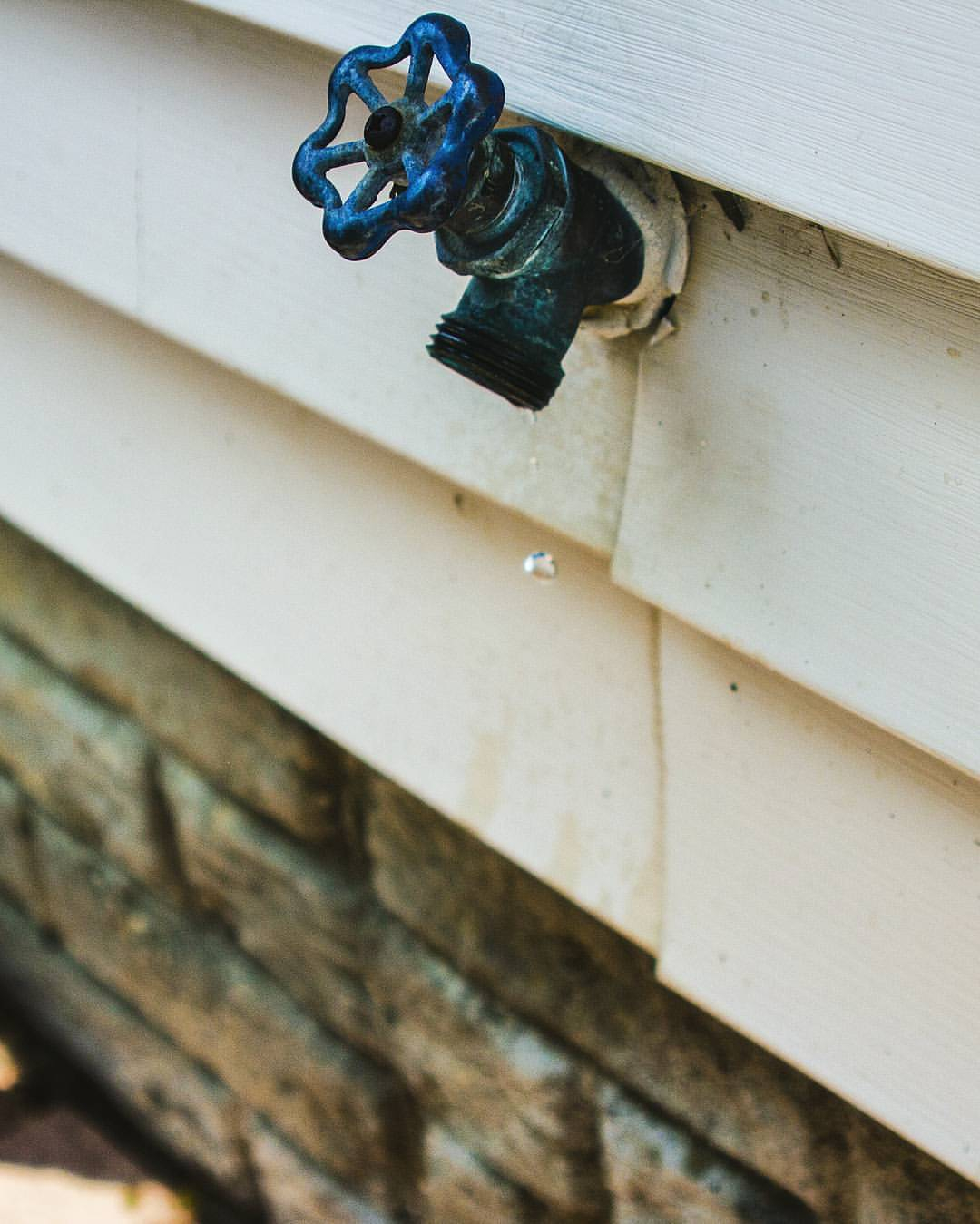
You need to check the bathroom faucet again. Faucets are a frequent source of leaks and require regular inspections for signs of damage. This pipe damage can be overcome by manual cleaning or immersion in vinegar. Faucet Bathroom from @blaze_shots
- Drains: Drains in tubs, showers, and sinks tend to clog with soap and hair, so it’s advisable to use homemade methods or drain blockers to clear them regularly.

Removing impurities such as soap and hair in these drains will produce smooth water. The idea is to use a homemade method or a drain blocker to clean it regularly. Drain Bathroom from @qmdrain
- Toilets: Toilets contain several working parts, any of which can wear down and cause issues. A running toilet wastes water, and a rocking toilet or one with water seeping around its base may need its wax ring replaced.

Flowing toilet waste water, and rocking toilet or toilet with water. This is a great treatment for your current bathroom. Toilet Bathroom from @pvchack
- Caulk Seals: Finally, while not strictly plumbing-related, it’s crucial to check the caulk seals around tubs and showers for any gaps, as failing caulk can cause water damage to walls and floors. Be sure to seal any gaps you find with fresh caulk and replace old caulk with high-quality silicone tub-and-shower caulk every few years.

You need to look at the tub for any gaps. Seal any cracks you find with new caulk and replace the old caulk with high-quality silicone bath and shower caulk every few years. Caulk Seals from @dapproducts
Kitchen
In the kitchen, there are several plumbing fixtures that should be inspected at least twice a year. Here are some tips on what to look for:
- Sink drains: The kitchen sink strainer is a common area where leaks can occur. Watch for leaks in the strainer area and the P-trap as water drains out. Tighten P-trap fittings if needed and replace the strainer basket if it’s corroded or leaks. Slow-draining sinks may have a clog building in the P-trap or branch drain, which can be disassembled and cleaned. Clean the sink drain occasionally using a homemade drain cleaner made of vinegar, baking soda, and water.
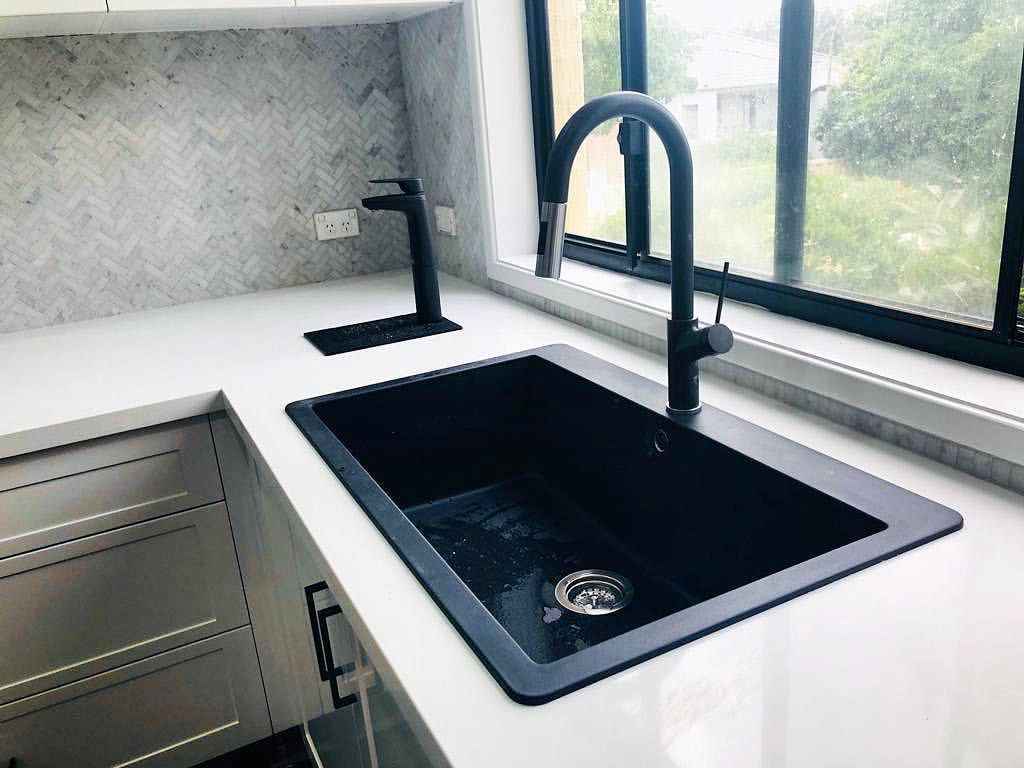
Watch for leaks in the filter and P-trap areas as water drains out. These will usually get clogged with various food debris. Clean the gutters occasionally with a homemade gutter cleaner made with vinegar, baking soda and water. Drain Sink Kitchen from @nubreed_plumbers
- Faucets: A leaky kitchen faucet can waste hundreds of gallons of water each year. Watch your faucet carefully as you operate the lever and repair it if necessary.
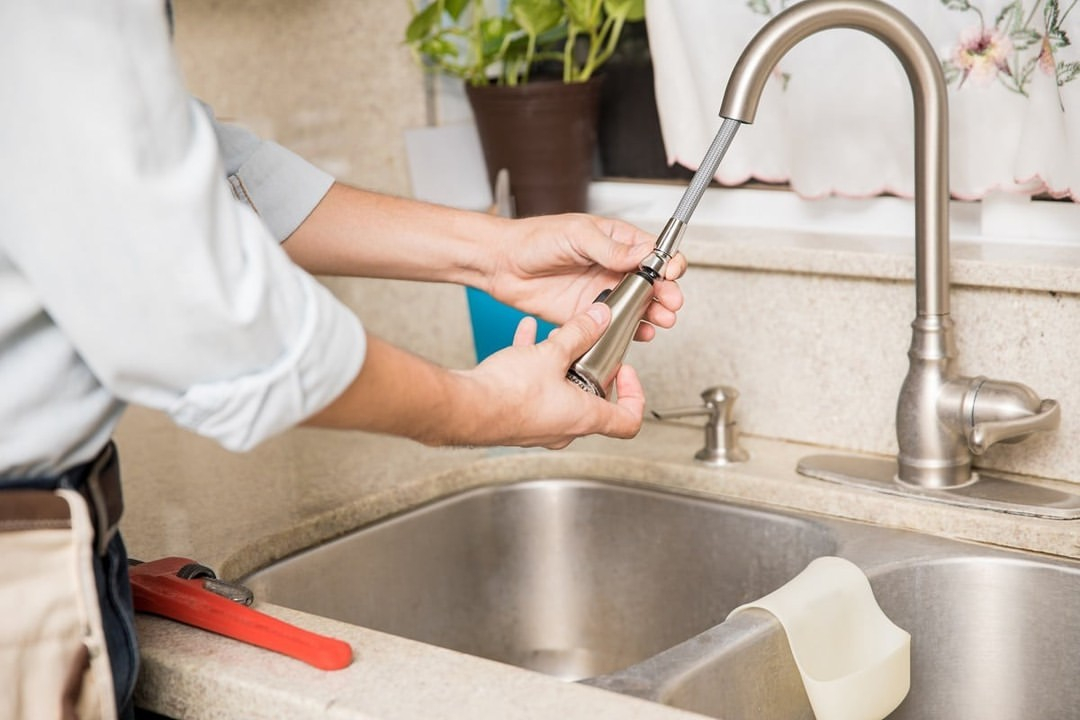
A leaky kitchen faucet can waste hundreds of cubic feet of water every day. You also need to pay attention to choosing the right faucet so that it doesn’t break and wear out quickly. Faucet Sink from @diamonddevelopmentsllc
- Shutoff valves: During the inspection, make sure that the fixture shutoff valves, which control the water supply to the sink faucet, dishwasher, and refrigerator water lines, operate as intended and shut off the water completely. Replace them if they don’t.
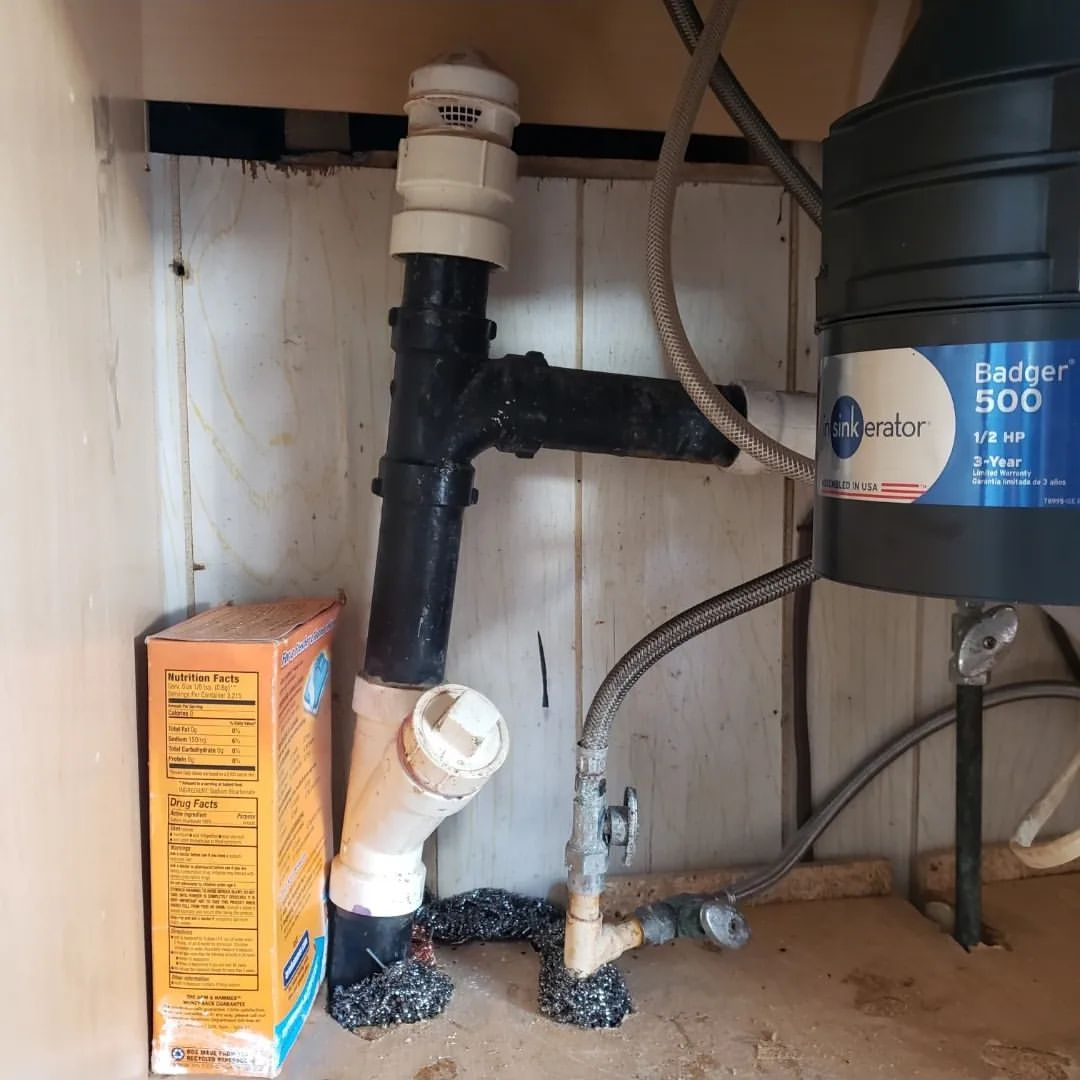
Make sure your equipment shut-off valve is not leaking. Controls the water supply to sink faucets, dishwasher drains and refrigerators, operates as they should and shuts off the water completely. Shutoff Valve Kitchen from @raymond_hunton_
- Garbage disposer: Problems with garbage disposers usually occur in the drain connections where a dishwasher discharge connects to the disposer or where the disposer discharge runs to the sink drain. Inspect these points and tighten connections or replace gaskets if they leak. Clean a garbage disposer that has a foul smell using the manufacturer’s recommended routine maintenance.

You can add a garbage disposal to your home kitchen sink. Clean smelly landfills using the manufacturer’s recommended maintenance routine. Garbage Disposer Sink from @doitbestcom
- Dishwasher: Watch and listen to the dishwasher in action during the inspection tour. A dishwasher that is slow to fill may have a problem with the water supply hose or shutoff valve, while a slow-draining or water-retaining dishwasher may have a clogged or pinched water discharge hose.
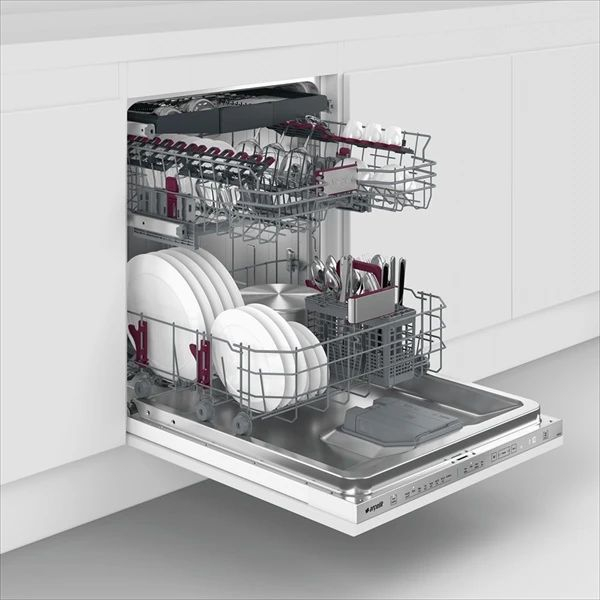
A dishwasher that fills slowly may have a problem with the water supply hose or shut-off valve. Therefore you can check the dishwasher regularly so that it doesn’t clog. Dishwasher from @_techno_city__
- Refrigerator: For a refrigerator with a water dispenser and icemaker, replace the filter twice a year as recommended by most manufacturers. A clogged filter can block water flow, and you should also check the water supply hose for wear and replace it if necessary.
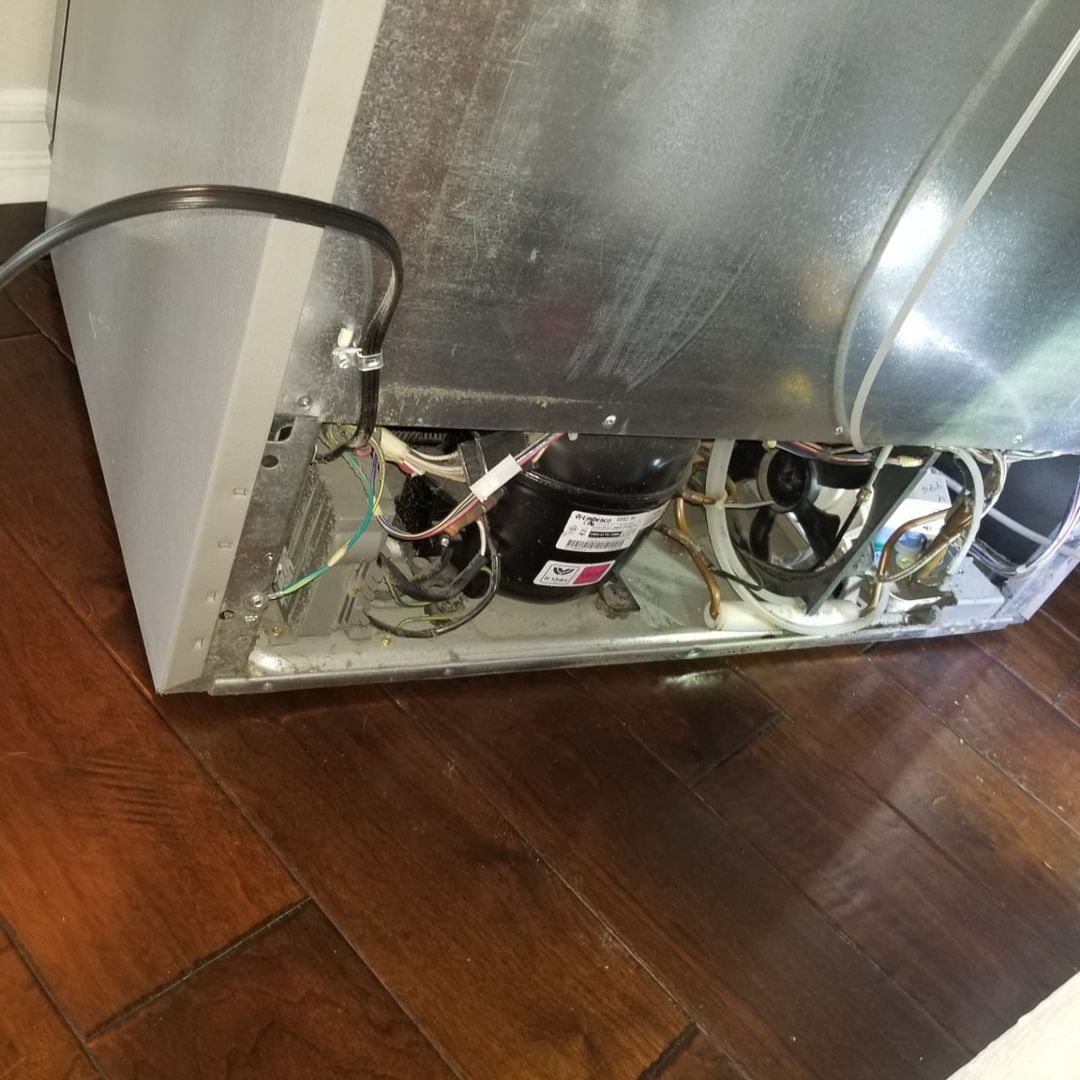
A clogged filter can block the flow of water, and you should also check the water supply hose for wear and replace it if necessary. Therefore you have to check regularly so that your refrigerator is not easily damaged. Refrigerator Leak from @carlsbadcahandyman
Septic and Sewer
Regular inspection and maintenance is key to avoiding a major plumbing problem such as a stoppage in the main sewer line or septic system, which can pose serious health risks. Here are some tips to help prevent such problems:
- For those with a septic system with a drain field, have the system inspected and serviced regularly, and pump out the tank whenever it becomes full. If you have a drainage field system, make sure your family knows what materials should not be flushed down the drain. It’s recommended to avoid flushing food materials into a septic system, and bleach-based cleaners should also be avoided as they interfere with the biological breakdown of wastes that’s necessary for a septic system.
- For those with municipal sewer lines, prevent mainline blockages through regular maintenance. If you experience periodic stoppages, which are usually caused by tree roots in the sewer lines, hire a professional sewer service to snake the line annually to prevent floor drains from backing up into your home. You can evaluate the effectiveness of the sewer line by emptying all sinks and tubs at the same time and seeing if a floor drain backs up or if it takes a long time for all the drains to empty. Look for signs of a pending sewer drain clog and address them before they turn into major stoppages.
- Don’t forget to inspect your vent pipes. Vent pipes play an important role in your home’s drain and sewer system as they equalize air pressure and vent sewer gases. They usually extend through the top of your roof, and if they become blocked with debris, snow, or ice, your drain system won’t function as effectively. During your plumbing system tour, visually inspect the vent pipes on your roof for signs of blockage. You may have several vent pipes, one for each main soil stack, and possibly secondary vent pipes as well.
Around the House
The essential plumbing components in a home include the bathroom, kitchen, and sewer system, but there are many other fixtures and appliances that require periodic inspection to detect problems:
- Water heater: You should examine the cold water inlet pipe and hot water exit pipe above the water heater for signs of water leakage. Check around the base of the water heater for any leaking caused by a faulty temperature and pressure (T&P) relief valve or a damaged drain valve. It’s necessary to flush the water heater tank every few years to remove sediment from the bottom of the tank. A professional service person should inspect and clean the burner unit of gas water heaters occasionally.
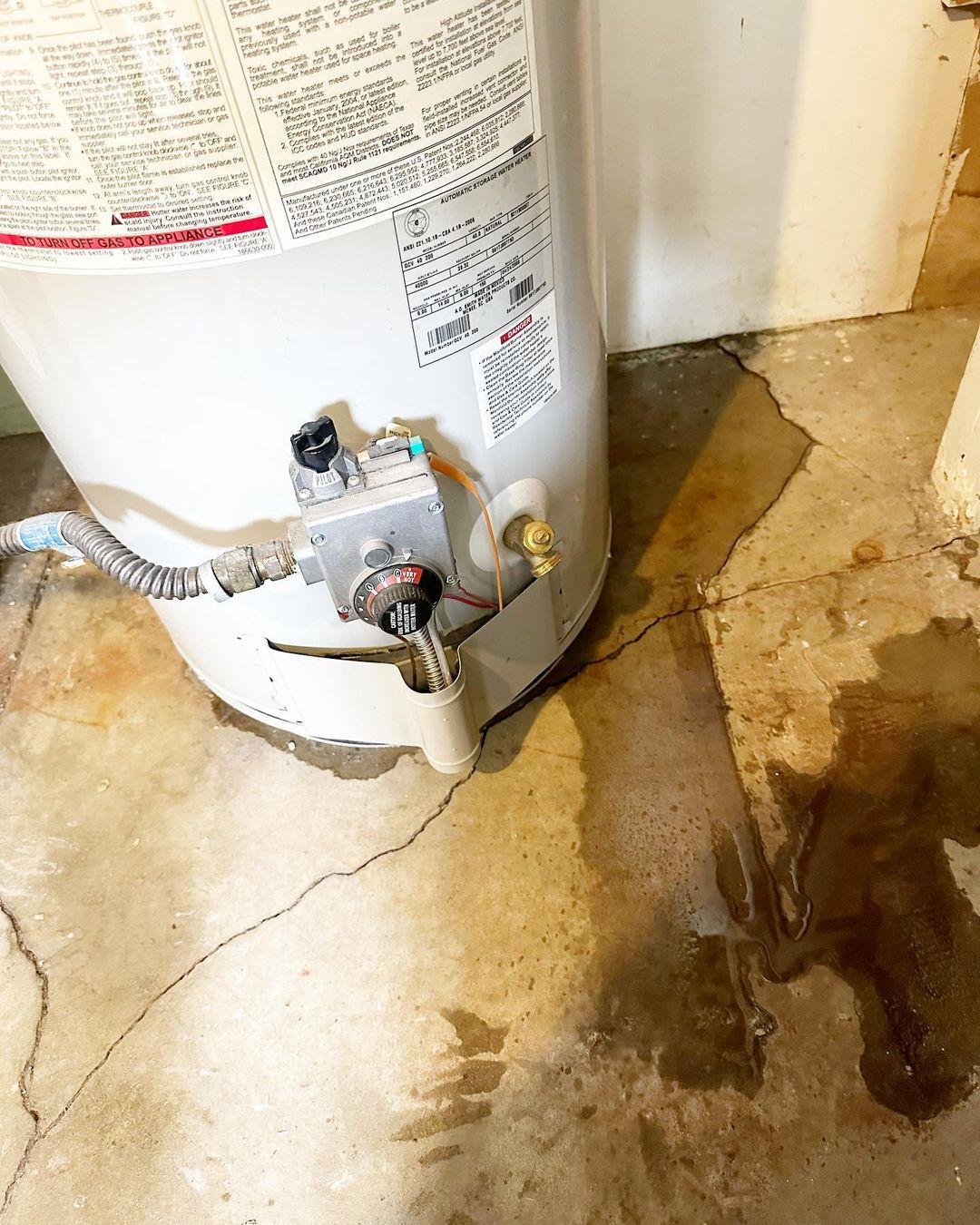
You need to make sure there are no leaks in the water heater. In addition, the water heater tank needs to be rinsed every few years to remove deposits from the bottom of the tank. Water Heater from @emily.a.lopez
- Branch shutoff valves: If your plumbing system has branch shutoff valves that control different zones, you should ensure they’re functioning properly. Replace any faulty valves you find.
- Sump pump: If your basement has an under-floor drainage system and sump pit, verify that it’s functioning correctly. You can test this by filling the sump pit manually with water and checking whether the pump empties the water.
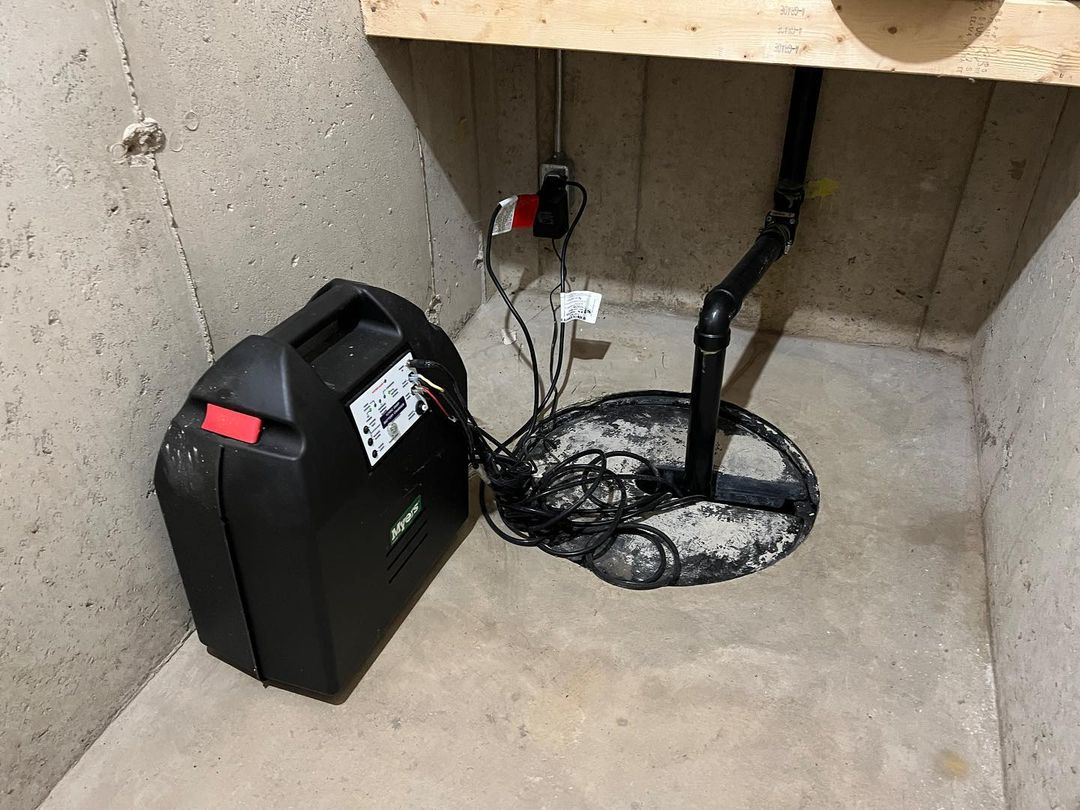
You can test this by manually filling the sump hole with water and checking that the pump is emptying the water. Make sure this pump works properly even if it is placed underground. Sump Pump from @cherryhomeinspections
- Outdoor hose spigots: It’s easy to overlook outdoor faucets, but they, too, can develop leaks and require repairs. You should replace washers or cartridges to repair them. Spigots in cold regions may crack due to extreme winter temperatures, so replace any defective spigots you encounter.
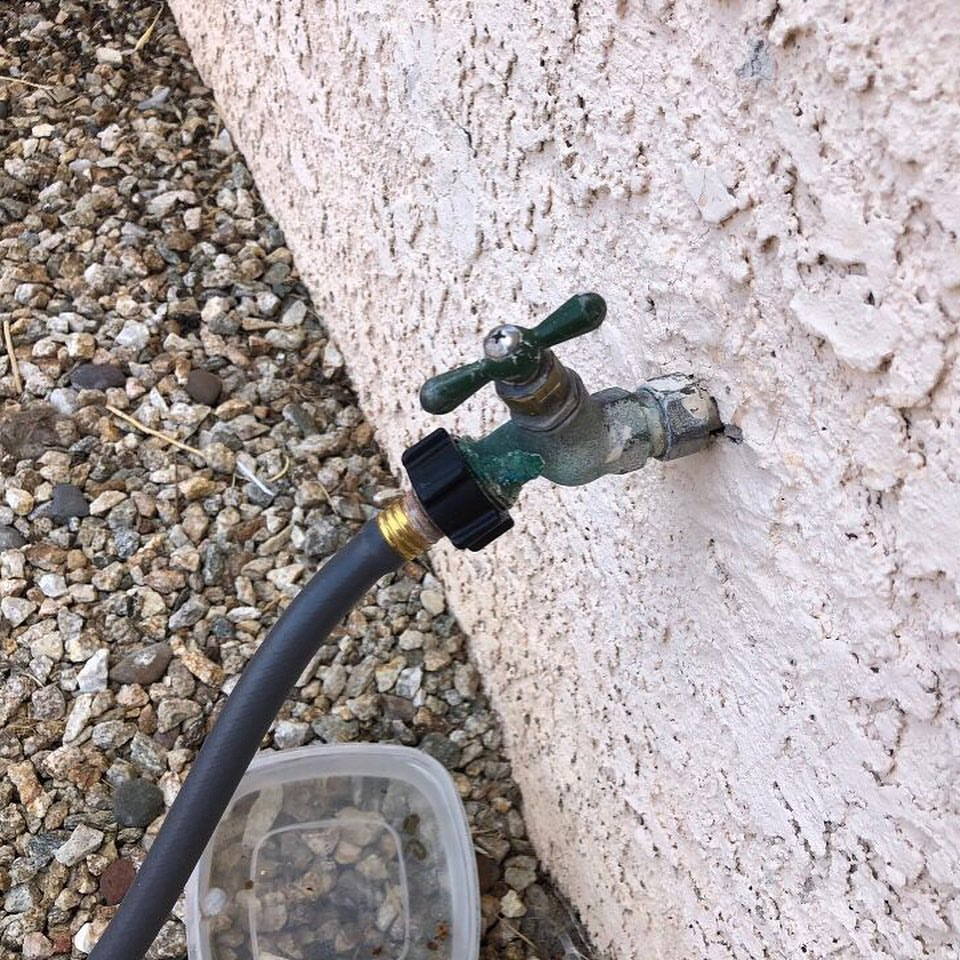
Pay attention to your outdoor faucet hose. Faucets in cold regions can crack due to extreme winter temperatures, so replace any damaged faucets you come across. Outdoor Hose Spigots from @dignityplumbing
- Irrigation system: At the beginning of the watering season, you should inspect your lawn sprinkler system to ensure that all spray heads are operating correctly. At the end of the watering season, you should winterize the system by draining or blowing it free of water to prevent pipes from rupturing due to freezing over the winter.

Make sure all spray heads are operating properly. You should cool the system by draining or blowing it free of water to prevent the pipes from bursting from freezing during the winter. Irrigation System from @hillsirrigationau
- Washing machine: You should periodically check the water hoses for signs of wear. If the rubber hoses begin to bulge, they’re nearing the end of their useful lives and should be replaced. Hoses that burst when the owners are away are a major cause of expensive water damage. Also, inspect the valves that control the hot and cold water hoses for your washing machine. Replace them if they don’t completely stop the water flow when turned off.
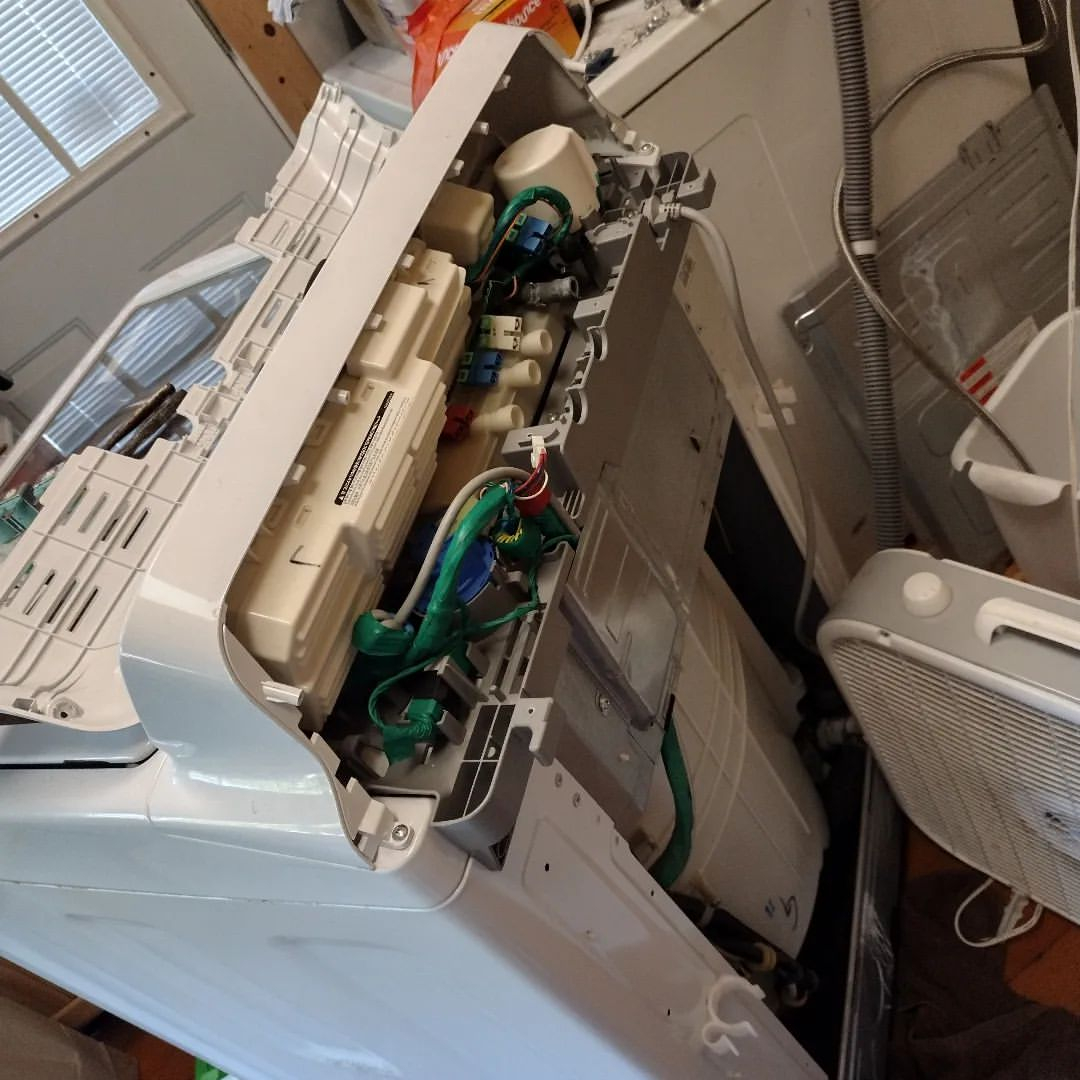
You should pay attention to the washing machine in this constraint. Also check the valves that control the hot and cold water hoses for your washing machine. Washing Machine from @mitch_at_mule
- Check home water pressure: To avoid overloading your home’s plumbing system, ensure that the water pressure is at a safe level. You can test the water pressure with a pressure gauge in just a few minutes. If the pressure is too high, you should install or repair/replace the pressure regulator to reduce it to a safe level.


